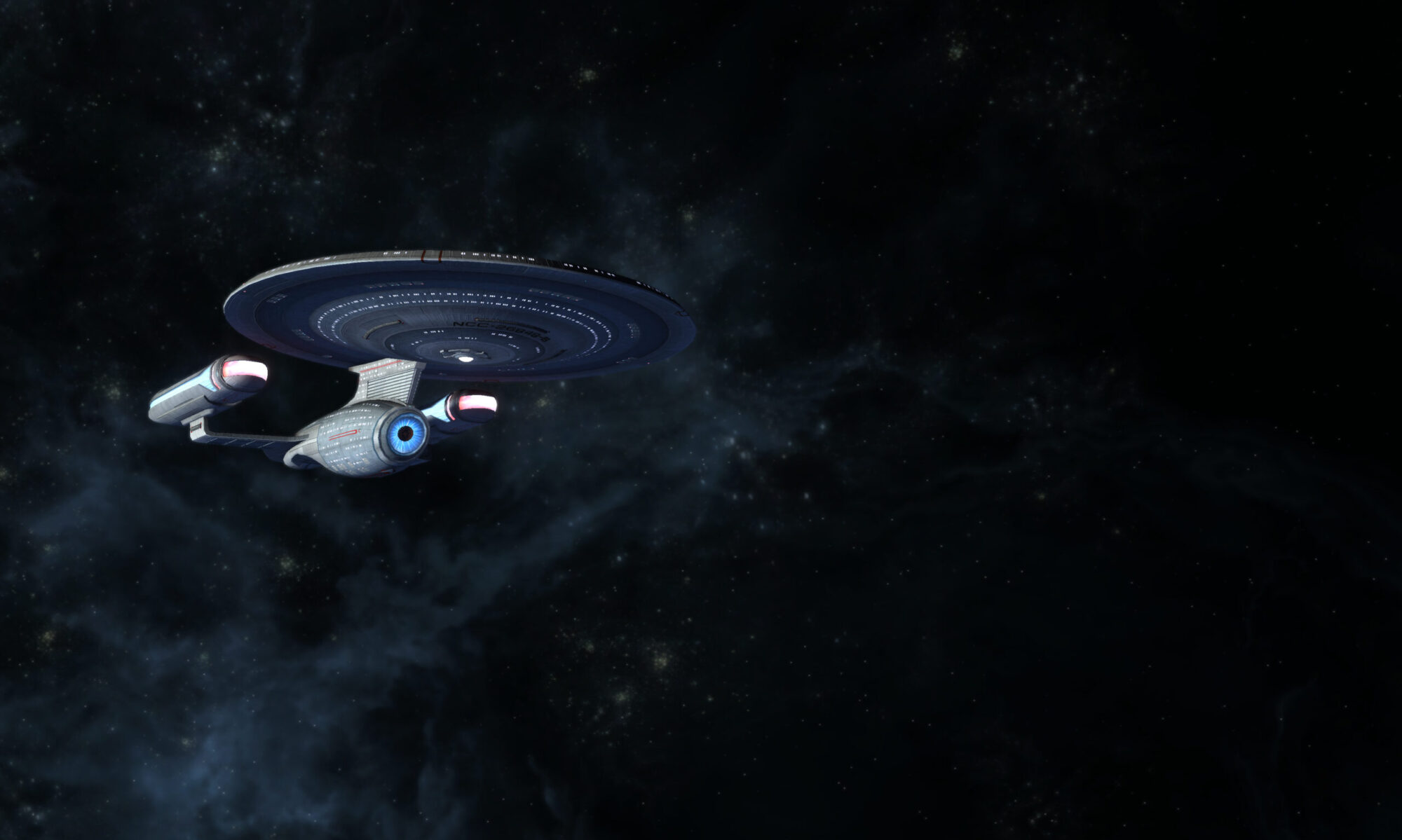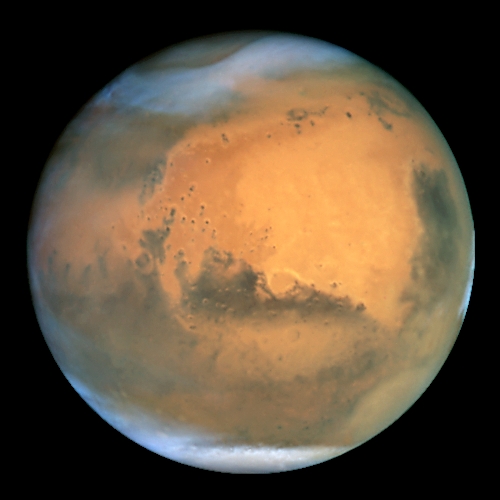
Can We Build a Star Trek Tricorder?

Qualcomm is offering a $10,000,000 prize to whomever can invent the first medical tricorder. Many companies have entered this race and already have some production models. This would be a great leap forward in medical diagnosis, and a boon for Starfleet Medical officers. Read more about the race here: http://americablog.com/2013/08/can-build-actual-star-trek-medical-tricorder-theyre-sure-trying.html
New Technology Will Help Assist Women in Childbirth

The sad truth is that even in our current century, pregnancy and childbirth are the #1 killer of women who are child-bearing age, and it tends to be worse in rural areas and developing countries that are far from good medical access. The ePartogram seeks to help lower this statistic. Much like you’d remember in the Starfleet archives where Lieutenant Worf delivers Keiko O’Brien’s baby in Ten Forward on the Starship Enterprise, the ePartogram will help walk birth attendants through the steps of labor and delivery, and identify and prevent complications. Read more here: http://www.forbes.com/sites/deniserestauri/2013/08/26/how-emerging-technology-will-save-womens-lives-during-childbirth/
Earth Life May Have Originated from Mars
Yet another theory has arisen that life on Earth began on Mars. While Mars isn’t a very hospitable planet for life currently, it was the perfect place for the creation of certain materials millions of years ago. Scientists are now speculating that life started on Mars because it has boron and molybdenum and Earth’s crust has very little, and this is needed to create the RNA, DNA, and proteins. This life-forming material traveled over to Earth on meteorites but we know the real truth about where our genetic materials came from…the ancient Humanoids that existed in the Milky Way Galaxy and spread their genetic makeup across the universe before going extinct. You can read more about the false theory here: http://www.bbc.co.uk/news/science-environment-23872765
=^= LT Amy MacKinnon
Chief Science Officer & Cyberneticist
USS Loma Prieta













